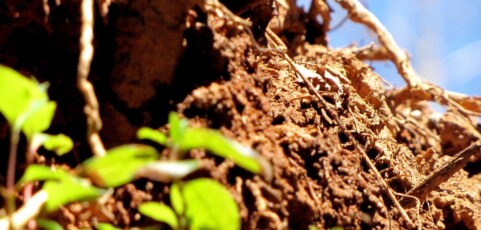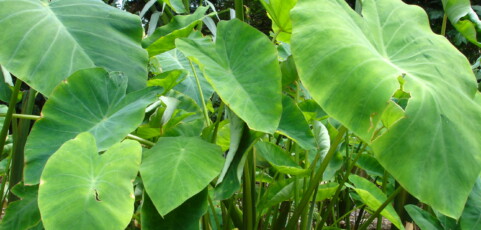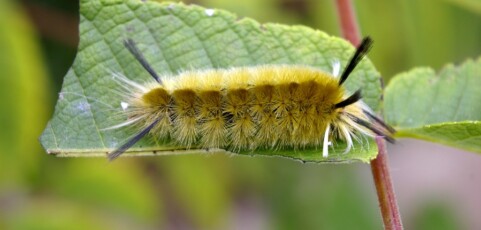Mixed cover cropping with Rye and Bellbeans benefits agroecosystems by interspecies interactions.
Broccoli/Lettuce Intercropping in California, USA
Read MoreBiological Control with Beneficial Insectary Plantings
Introducing flowering plants into agroecosystems increases pollen and nectar resources that stimulate populations of the natural enemies of insect pests.
Organic versus Conventional Strawberry Production in California
Conventional strawberry production systems depend more heavily on nonrenewable energy and industrial inputs than organic systems.
Cajete Terracing Systems in Tlaxcala, Mexico
The Cajete terrace system of collecting water and reducing soil erosion has been in use since pre-Hispanic times (1000 B.C.). Particularly important in present agriculture practices where people must grow their food on steep, erosion prone slopes.
Planning for Organic Conversion in Taro in Molokai, Hawaii, USA
Using cover crops, intercropping and other techniques of organic farming to grow taro (Colocasia esculenta) to determine economic sustainability and improved soil quality.
Biological Control of Gramineous Stemborers in Kenya, Africa
Read MoreAdoption Process of Agroecological Alternatives in a “Campesinos” Farming System in Yucatan, Mexico
Green manures and cover crops, IPM, manuring, agroforestry and organic horticulture alternatives are developed, tested and transferred through participatory adoption processes with farmers.
“Milpa” Agroecosystems in Yucatan, Mexico
Milpa in Yucatan is an intercropping system of corn, beans, lima beans and squash that is managed through slash and burn with fallow periods and the use of mulch.












